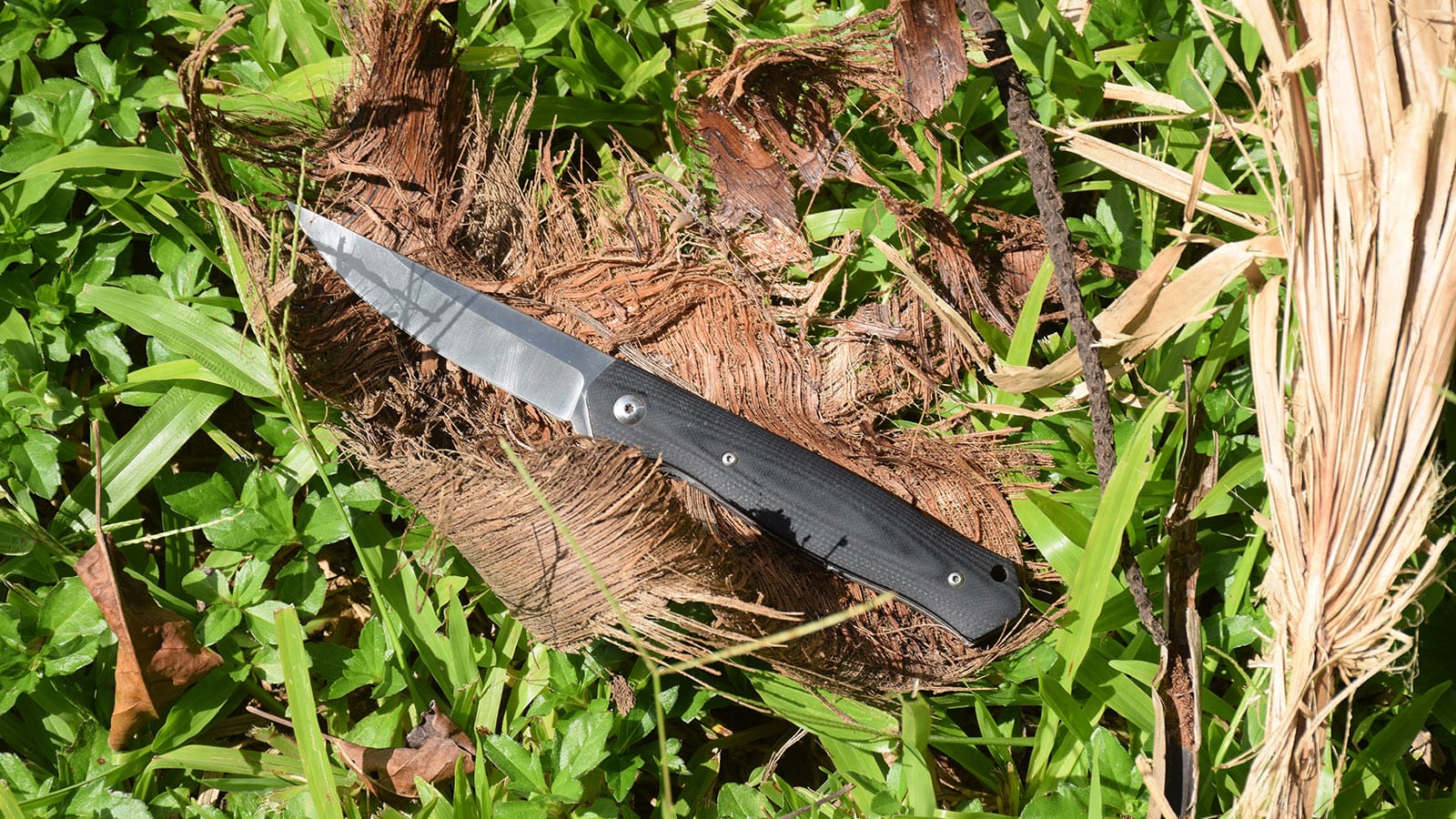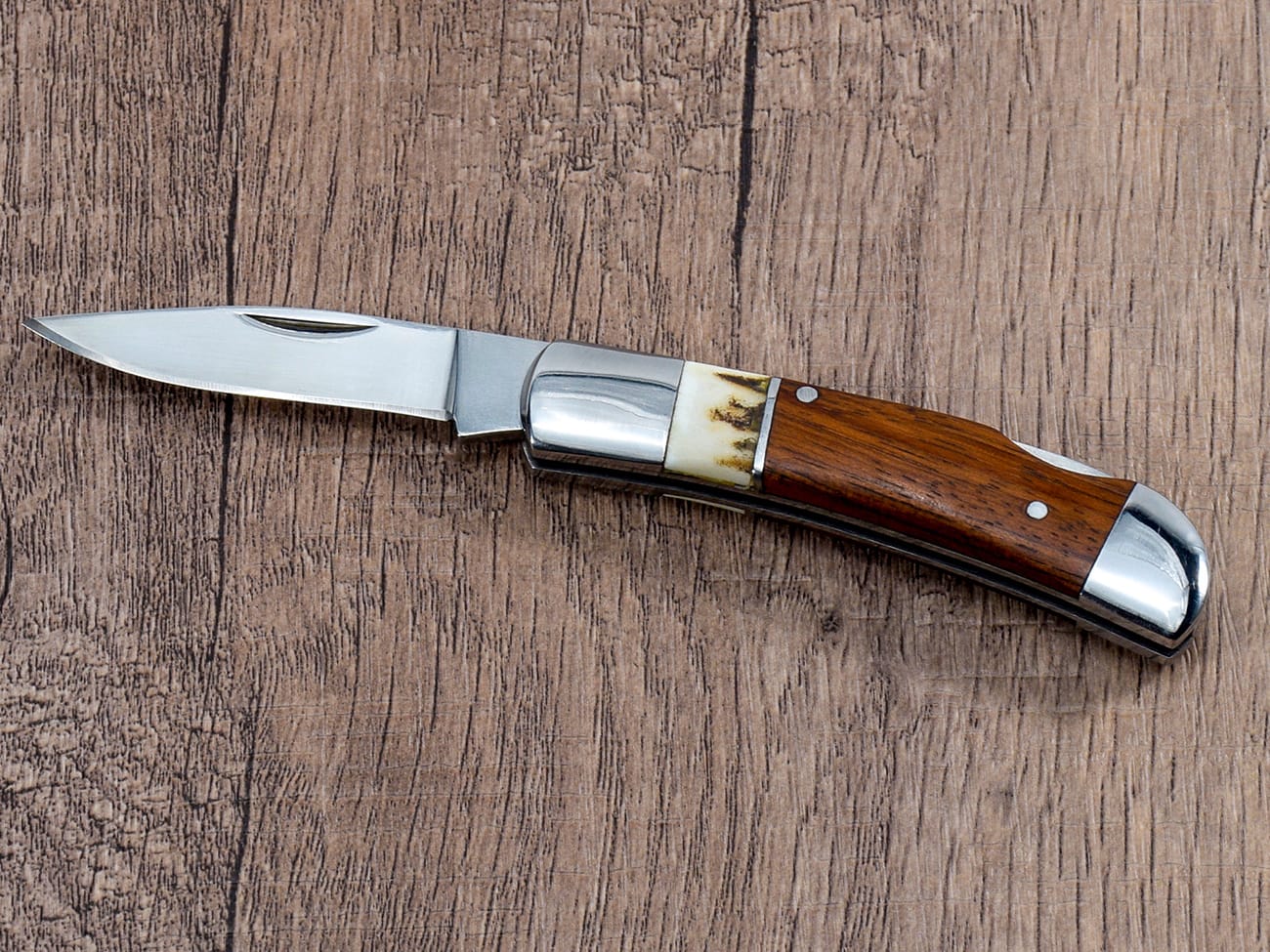Are you looking to enhance your knife’s grip and functionality while adding a personal touch? Learning how to wrap a knife handle with paracord is a valuable skill that combines practicality with aesthetics. This comprehensive guide will walk you through the process of creating a secure and attractive paracord wrap that not only improves handling but also provides emergency cordage when needed.
What Makes Paracord Perfect for Knife Handle Wraps?
Paracord, originally designed for parachute lines, has become the go-to material for knife handle customization. Its durability, versatility, and comfortable grip make it ideal for wrapping knife handles. The material provides excellent traction and can be unwrapped in emergency situations when you need strong cordage.
Essential Materials and Tools You’ll Need
Before you begin your paracord wrap project, gather these supplies:
- 6-8 feet of 550 paracord
- Sharp scissors
- Lighter for melting cord ends
- The knife you’re wrapping
- Measuring tape
- Optional: tape for temporary securing
How to Prepare Your Knife Handle for Wrapping?
Before starting the wrapping process, you need to prepare both your knife handle and paracord:
- Clean the handle thoroughly
- Remove any existing wrap or grip material
- Measure the length of paracord needed
- Cut the paracord with extra length for adjustments

Custom EDC knife handle ready for paracord wrapping
What’s the Basic Wrapping Technique?
The basic wrapping technique involves these steps:
- Start at the base of the handle
- Create an anchor point with a tight knot
- Begin wrapping tightly around the handle
- Maintain consistent tension throughout
Advanced Paracord Wrapping Patterns
Once you’ve mastered the basic wrap, try these popular patterns:
- Cobra weave
- Turks head knot
- Diamond pattern
- Spiral wrap
How to Secure the End of Your Paracord Wrap?
Properly securing the end of your paracord wrap is crucial for durability:
- Create a tight loop at the top of the handle
- Thread the remaining cord through secure points
- Tie a final knot and melt the end
- Tuck away any excess cord
Common Mistakes to Avoid When Wrapping
Watch out for these common pitfalls:
- Inconsistent tension
- Not leaving enough cord for finishing
- Skipping the melting step
- Wrapping too loosely
How to Maintain Your Paracord-Wrapped Handle?
Proper maintenance ensures longevity:
- Clean regularly with mild soap
- Check for loose sections
- Replace worn paracord
- Avoid excessive exposure to harsh elements
When Should You Replace Your Paracord Wrap?
Consider replacing your wrap when:
- The cord shows significant wear
- The wrap becomes loose
- The pattern loses definition
- The handle feels less secure
Tips for Choosing the Right Paracord Colors
Select colors that:
- Match your knife’s design
- Serve practical purposes (visibility)
- Complement your personal style
- Consider environmental use
Important Safety Considerations
Always remember:
- Keep the knife blade secured while wrapping
- Use appropriate tools
- Work in a well-lit area
- Take breaks to maintain focus
Key Points to Remember:
- Always maintain consistent tension while wrapping
- Use quality 550 paracord for best results
- Properly melt all cord ends
- Test the grip before heavy use
- Keep extra paracord for future adjustments
- Practice on inexpensive knives first
- Consider the intended use of your knife
By following this guide, you’ll be able to create a functional and attractive paracord wrap for your knife handle. Remember that practice makes perfect, and don’t be afraid to experiment with different patterns and techniques to find what works best for you.




